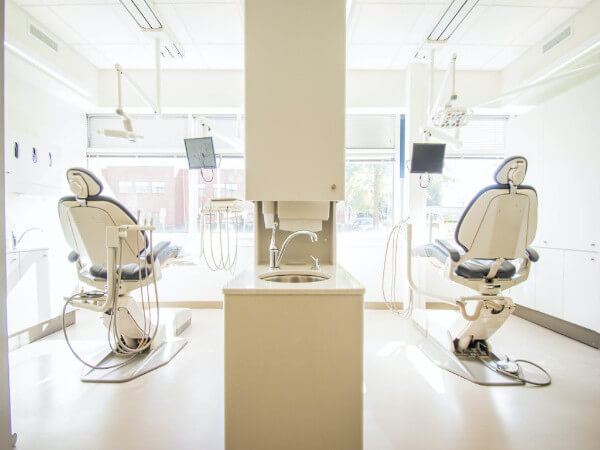
A new study, conducted by a team at the University of Buffalo, reports that a bacterium called Veillonella parvula plays a supporting role in causing gum diseases by inducing the multiplication of the pathogen Porphyromonas gingivalis.
The aim of the study, published in The ISME Journal, was to understand the ways by which P.gingivalis forms colonies inside the mouth.
The question was how this pathogen could populate without growth molecules. The researchers found out that it obtained growth molecules from Vparvula, a common bacterium of our oral microbiome.
The presence of V. parvula alone is not harmful. It is their proliferation, which occurs in a mouth with poor hygiene, that kickstarts the replication of P. gingivalis.
Highlights of The Study
The researchers at the UB School of Dental Medicine investigated Pgingivalis for around two decades. The study could be summarised as follows:
The study was conducted on a pertinent mouse model and in vitro culture systems and was focused on understanding how the growth molecules controlled the growth and colonization of P. gingivalisFive bacterial species that are prevalent during gum disease were selected and the interaction between the growth molecules of these bacteria with P. gingivalis was tested.Of the five types of bacteria, it was noticed that only the growth molecules of V. parvula influenced the multiplication of P. gingivalis.Another interesting finding was that P. gingivalis stopped multiplying when V. paravula was eliminated from the microbiome. However, the presence of V. paravula was not enough as the replication of P. gingivalis was triggered only when V. paravula existed in a large population.The study suggested that P. gingivalis enjoyed a unidirectional relationship with V. paravula as the sharing of growth molecules brought no obvious advantage to the latter.Apart from the growth molecules, V. paravula forms heme (blood) that served as an excellent source of iron for P. gingivalis.The unidirectional relationship was further confirmed by an increase in periodontal bone loss caused by P. gingivalis in the presence of V.paravula.It remains unclear if the growth-stimulating molecules produced by P. gingivalis are similar to that of V.paravula and more research is needed.
Why This Matters
Over 47% of adults above 30 years of age have some form of gum disease, according to the CDC.
Researchers could formulate specific therapies to manage periodontitis with the help of a deeper insight into the relation between Vparvula and Pgingivalis. Here are a few points that the investigators came up with:
In a person with good oral health, P.gingivalis forms a very small percentage of the microflora inside the mouth and it cannot multiply.On the other hand, in individuals with poor oral hygiene and minimal plaque control, V.parvula multiplies at a rapid rate and produces sufficient growth molecules that can trigger the replication process of Pgingivalis
Therapies that aim at removing V. parvula from the oral microflora can prove beneficial in keeping gum diseases at bay. However, we should bear in mind that their presence alone is not harmful. It is their proliferation, which occurs in a mouth with poor hygiene, that kickstarts the replication of P. gingivalis. Hence, plaque control and maintenance of good oral hygiene are certainly the best ways of preventing and treating periodontal disease.
ReferencesAnilei Hoare, Hui Wang, Archana Meethil, Loreto Abusleme, Bo-Young Hong, Niki M. Moutsopoulos, Philip D. Marsh, George Hajishengallis & Patricia I. Diaz (2020). The ISME Journal Multidisciplinary Journal of Microbial Ecology. A cross-species interaction with a symbiotic commensal enables cell-density-dependent growth and in vivo virulence of an oral pathogen. Full text: https://www.nature.com/articles/s41396-020-00865-y
The post New Study: How Does P. Gingivalis Colonize the Mouth? appeared first on Ask the Dentist.
Did you miss our previous article…
https://dentistintulum.com/?p=215
